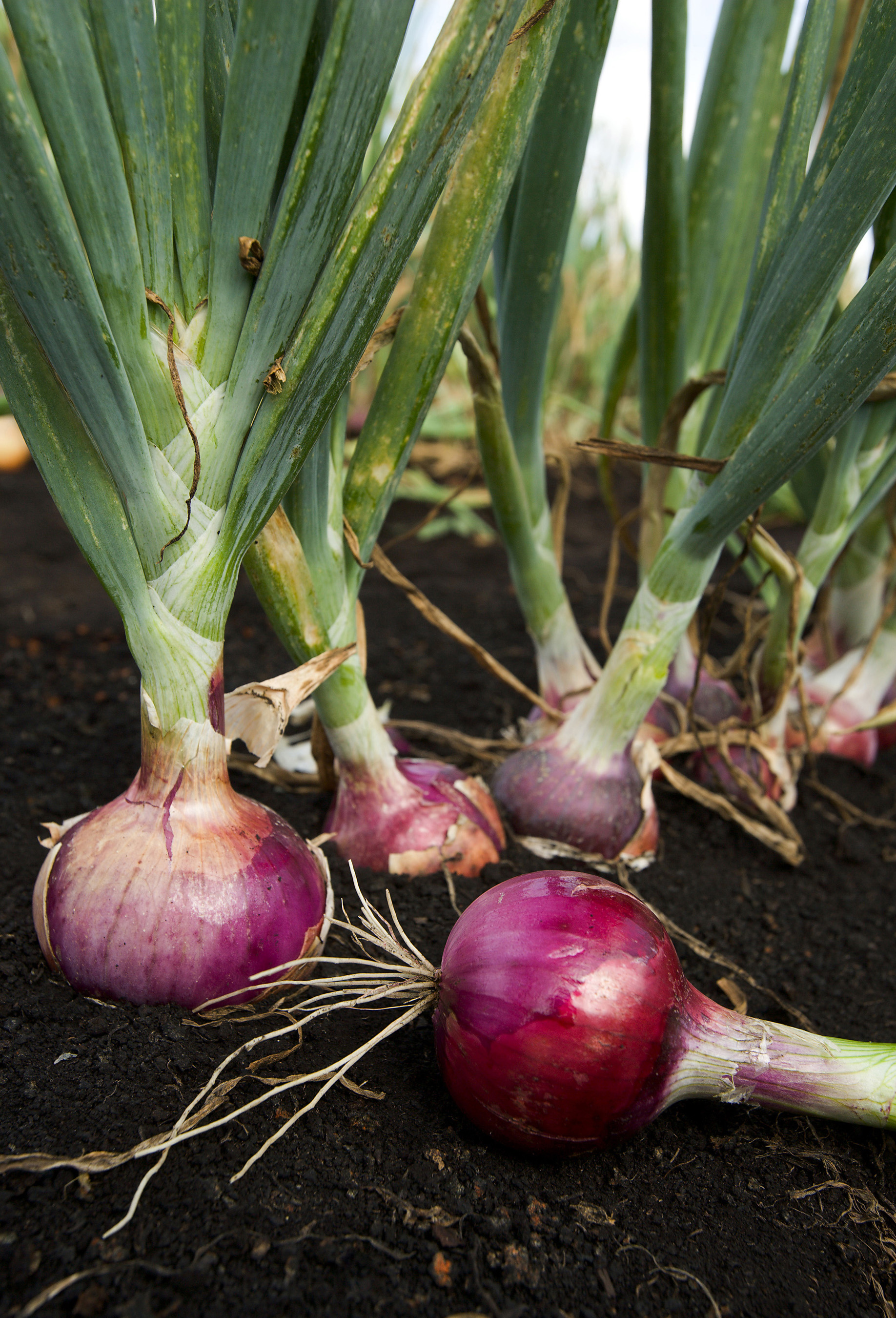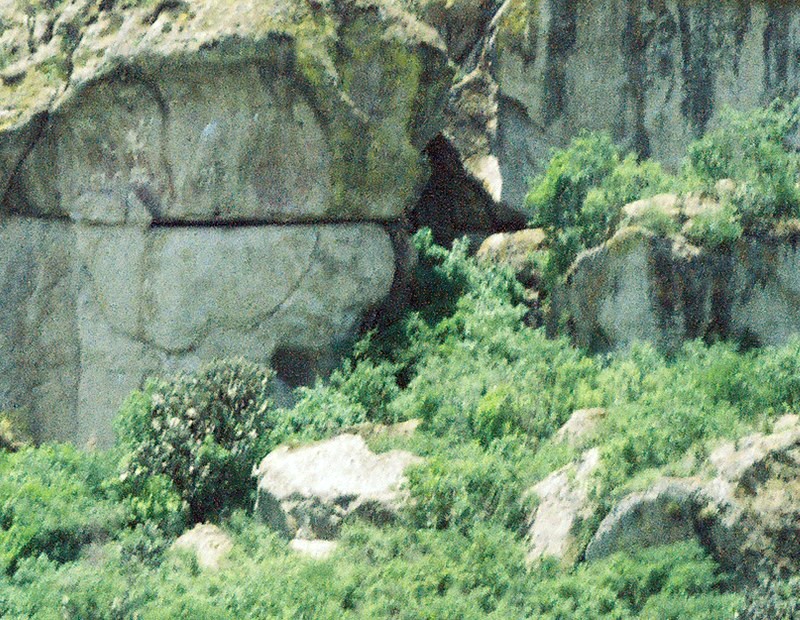|
Tomora
Tomora is a commune in the Cercle of Bafoulabé in the Kayes Region of south-western Mali. The administrative centre ('' chef-lieu'') is Oussoubidiagna, a small town with around 4,000 inhabitants. The ''commune'' contains over thirty small villages. In the 2009 census it had a population of 32,527. Most of the inhabitants of Tomora are Khassonkés, with a minority of Soninke, Fulani and Malinke engaged mostly in farming. History and administration The Borough of Oussoubidiangna was created in 1959 by merging the townships of Tomora, Sidibéla, Kontéla, Soroma and Diaye. However, by Law No. 96 - 059/AN- RM of November 4, 1996 thirty seven villages in the Borough of Oussoubidiangna formed the current rural commune of Tomora. The management of its affairs is entrusted to a council of twenty-three members and a communal office consists of a Mayor and three assistant deputies. The mayor, currently Hamet Sissoko, and his deputies are responsible for the implementation of the deci ... [...More Info...] [...Related Items...] OR: [Wikipedia] [Google] [Baidu] |
Oussoubidiagna
Oussoubidiagna is a small town and principal settlement (''chef-lieu'') of the commune of Tomora in the Cercle of Bafoulabé in the Kayes Region of south-western Mali Mali (; ), officially the Republic of Mali,, , ff, 𞤈𞤫𞤲𞥆𞤣𞤢𞥄𞤲𞤣𞤭 𞤃𞤢𞥄𞤤𞤭, Renndaandi Maali, italics=no, ar, جمهورية مالي, Jumhūriyyāt Mālī is a landlocked country in West Africa. Mali ..... References Populated places in Kayes Region {{Kayes-geo-stub ... [...More Info...] [...Related Items...] OR: [Wikipedia] [Google] [Baidu] |
Sidibéla
Sidibela is a ''commune'' in the Cercle of Bafoulabé in the Kayes Region of south-western Mali. The main village (''chef-lieu'') is Tigana. In the 2009 census the ''commune'' had a population of 5966. Geography and climate Sidibela is located in the northwest of Bafoulabé Cercle. It is bordered to the north and east by the commune of Tomora, south by that of Bafoulabé to the west by that of Ségala in Kayes Cercle and is located some 65 km away from Bafoulabé city. The land is typically rugged and includes plains, plateaus, hills and mountains and has several ponds and seasonal streams. The soils are varied and suitable for agriculture and may be gravelly, silty or clay. The commune has a Sahelian climate, with rainfall varying from 700 to 900 mm per year with three seasons: dry, rainy and cold. Vegetation is diverse and consists of grasses, shrubs and some trees such as baobab. Some vegetation is extracted for firewood, lumber, and for medical purposes. The roads ... [...More Info...] [...Related Items...] OR: [Wikipedia] [Google] [Baidu] |
Bafoulabé
Bafoulabé is a town and rural commune in south-western Mali. It is located in the Region of Kayes at the confluence of the Bafing and Bakoy rivers which join to become the Sénégal River. Bafoulabé is the capital of the Cercle of Bafoulabé, which in 1887 was the first Cercle to be created in Mali. Local administration Until the 1996 law creating communes, Bafoulabé Commune was an arrondissement. While now deprecated, the commune retains the same boundaries, extending far beyond the town of Bafoulabé, its seat (''chef-lieu''). Bafoulabé is also the seat of the larger Bafoulabé Cercle. Apart from the town, there are 28 villages, official rural subdivisions within the Commune. It is a ''Rural Commune'', meaning it is subdivided in villages, in contrast to the smaller ''Urban Commune'', divided into urban Quarters. Commune affairs are directed by an elected Commune Council (''conseil communal'') of 23 members and a Commune executive (''bureau communal'') of the elected Ma ... [...More Info...] [...Related Items...] OR: [Wikipedia] [Google] [Baidu] |
Communes Of Mali
A Commune (administrative division), Commune is the third-level administrative unit in Mali. Mali is divided into eight Regions of Mali, regions and one capital district (Bamako). These subdivisions bear the name of their principal city. The regions are divided into 49 Cercles of Mali, Cercles. The Cercles and the district are divided into 703 Communes, with 36 Urban Communes and 667 Rural Communes, while some larger Cercles still contain Arrondissements of Mali, Arrondissements above the Commune level, these are organisational areas with no independent power or office. Rural Communes are subdivided in Villages, while Urban Communes are subdivided into ''Quartier'' (wards or quarters). Communes usually bear the name of their principal town. The capital, Bamako, consists of six Urban Communes. There were initially 701 communes until the Law ''No. 01-043'' of 7 June 2001 created two new Rural Communes in the desert region in the north east of the country: Alata, Mali, Alata, Ménaka ... [...More Info...] [...Related Items...] OR: [Wikipedia] [Google] [Baidu] |
Bafoulabé Cercle
Bafoulabé Cercle is an administrative subdivision of the Kayes Region of Mali. The administrative center (''chef-lieu'') is the town of Bafoulabé. In the 2009 census the population of the Cercles of Mali, ''cercle'' was 233,926. The ''cercle'' is divided into thirteen Communes of Mali, ''communes'':. *Bafoulabé *Bamafele *Diakon *Diallan *Diokeli *Gounfan *Kontela *Koundian, Mali, Koundian *Mahina, Mali, Mahina *Niambia *Oualia *Sidibela *Tomora References {{DEFAULTSORT:Bafoulabe Cercle Cercles of Mali Kayes Region ... [...More Info...] [...Related Items...] OR: [Wikipedia] [Google] [Baidu] |
Barcelona
Barcelona ( , , ) is a city on the coast of northeastern Spain. It is the capital and largest city of the autonomous community of Catalonia, as well as the second most populous municipality of Spain. With a population of 1.6 million within city limits,Barcelona: Población por municipios y sexo – Instituto Nacional de Estadística. (National Statistics Institute) its urban area extends to numerous neighbouring municipalities within the Province of Barcelona and is home to around 4.8 million people, making it the fifth most populou ... [...More Info...] [...Related Items...] OR: [Wikipedia] [Google] [Baidu] |
Onion
An onion (''Allium cepa'' L., from Latin ''cepa'' meaning "onion"), also known as the bulb onion or common onion, is a vegetable that is the most widely cultivated species of the genus ''Allium''. The shallot is a botanical variety of the onion which was classified as a separate species until 2010. Its close relatives include garlic, scallion, leek, and chive. This genus also contains several other species variously referred to as onions and cultivated for food, such as the Japanese bunching onion (''Allium fistulosum''), the tree onion (''A.'' × ''proliferum''), and the Canada onion (''Allium canadense''). The name '' wild onion'' is applied to a number of ''Allium'' species, but ''A. cepa'' is exclusively known from cultivation. Its ancestral wild original form is not known, although escapes from cultivation have become established in some regions. The onion is most frequently a biennial or a perennial plant, but is usually treated as an annual and harvested i ... [...More Info...] [...Related Items...] OR: [Wikipedia] [Google] [Baidu] |
Bambara Groundnut
''Vigna subterranea'' (common names: Bambara groundnut, Bambara nut, Bambara bean, Congo goober, earth pea, ground-bean, or hog-peanut) is a member of the family Fabaceae. Its name is derived from the Bambara tribe, who currently lives in Mali. The plant originated in West Africa. As a food and source of income, the Bambara groundnut is considered to be the third most important leguminous crop in those African countries where it is grown, after peanut and cowpea. The crop is mainly cultivated, sold and processed by women, and is, thus, particularly valuable for female subsistence farmers. Bambara groundnut represents the third most important grain legume in semi-arid Africa. It is resistant to high temperatures and is suitable for marginal soils where other leguminous crops cannot be grown. It is a low-impact crop. The entire plant is known for soil improvement because of nitrogen fixation. ''Vigna subterranea'' ripens its pods underground, much like the peanut (also called a '' ... [...More Info...] [...Related Items...] OR: [Wikipedia] [Google] [Baidu] |
Cassava
''Manihot esculenta'', commonly called cassava (), manioc, or yuca (among numerous regional names), is a woody shrub of the spurge family, Euphorbiaceae, native to South America. Although a perennial plant, cassava is extensively cultivated as an annual crop in tropical and subtropical regions for its edible starchy tuberous root, a major source of carbohydrates. Though it is often called ''yuca'' in parts of Spanish America and in the United States, it is not related to yucca, a shrub in the family Asparagaceae. Cassava is predominantly consumed in boiled form, but substantial quantities are used to extract cassava starch, called tapioca, which is used for food, animal feed, and industrial purposes. The Brazilian farinha, and the related ''garri'' of West Africa, is an edible coarse flour obtained by grating cassava roots, pressing moisture off the obtained grated pulp, and finally drying it (and roasting both in the case of farinha and garri). Cassava is the third-largest so ... [...More Info...] [...Related Items...] OR: [Wikipedia] [Google] [Baidu] |
Bean
A bean is the seed of several plants in the family Fabaceae, which are used as vegetables for human or animal food. They can be cooked in many different ways, including boiling, frying, and baking, and are used in many traditional dishes throughout the world. Terminology The word "bean" and its Germanic cognates (e.g. German ''Bohne'') have existed in common use in West Germanic languages since before the 12th century, referring to broad beans, chickpeas, and other pod-borne seeds. This was long before the New World genus ''Phaseolus'' was known in Europe. After Columbian-era contact between Europe and the Americas, use of the word was extended to pod-borne seeds of ''Phaseolus'', such as the common bean and the runner bean, and the related genus '' Vigna''. The term has long been applied generally to many other seeds of similar form, such as Old World soybeans, peas, other vetches, and lupins, and even to those with slighter resemblances, such as coffee beans, vani ... [...More Info...] [...Related Items...] OR: [Wikipedia] [Google] [Baidu] |
Maize
Maize ( ; ''Zea mays'' subsp. ''mays'', from es, maíz after tnq, mahiz), also known as corn ( North American and Australian English), is a cereal grain first domesticated by indigenous peoples in southern Mexico about 10,000 years ago. The leafy stalk of the plant produces pollen inflorescences (or "tassels") and separate ovuliferous inflorescences called ears that when fertilized yield kernels or seeds, which are fruits. The term ''maize'' is preferred in formal, scientific, and international usage as a common name because it refers specifically to this one grain, unlike ''corn'', which has a complex variety of meanings that vary by context and geographic region. Maize has become a staple food in many parts of the world, with the total production of maize surpassing that of wheat or rice. In addition to being consumed directly by humans (often in the form of masa), maize is also used for corn ethanol, animal feed and other maize products, such as corn starch a ... [...More Info...] [...Related Items...] OR: [Wikipedia] [Google] [Baidu] |
Sorghum
''Sorghum'' () is a genus of about 25 species of flowering plants in the grass family ( Poaceae). Some of these species are grown as cereals for human consumption and some in pastures for animals. One species is grown for grain, while many others are used as fodder plants, either cultivated in warm climates worldwide or naturalized in pasture lands. Taxonomy ''Sorghum'' is in the Poaceae (grass) subfamily Panicoideae and the tribe Andropogoneae (the same as maize, big bluestem and sugarcane). Species Accepted species recorded include: Distribution and habitat Seventeen of the 25 species are native to Australia, with the range of some extending to Africa, Asia, Mesoamerica, and certain islands in the Indian and Pacific Oceans. Toxicity In the early stages of the plants' growth, some species of sorghum can contain levels of hydrogen cyanide, hordenine, and nitrates, which are lethal to grazing animals. Plants stressed by drought or heat can also contain ... [...More Info...] [...Related Items...] OR: [Wikipedia] [Google] [Baidu] |





